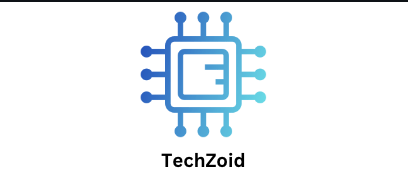CCTV Camera: What Is It?
CCTV cameras record and transfer video from a defined area to a display or storage device. Depending on setup, these cameras can run constantly or be activated by motion. CCTV cameras are for monitoring and security, unlike conventional video cameras. For public safety, they are utilized in homes, workplaces, retail malls, banks, traffic junctions, public transit, and government institutions.
CCTV Camera Functions
CCTV systems have a camera, monitor, transmission medium, and recorder. The camera records footage and delivers it to a DVR or NVR via wires or wireless links. Live or subsequent review of the clip is possible. Some sophisticated systems employ IP (Internet Protocol) technology to give smartphone and computer access to footage.
Types of CCTV Cameras
Different CCTV cameras serve different purposes:
Dome cameras Dome cameras are used inside and are hard to tamper with. They’re popular in stores and offices.
Bullet Cameras—Perfect for outdoor usage, these cylindrical cameras can observe large distances.
PTZ cameras (Pan-Tilt-Zoom) provide versatile coverage by allowing operators to remotely control movement and zoom.
IP cameras Online-accessible network cameras deliver high-quality footage.
Night vision/infrared cameras capture crisp pictures in low-light conditions.
Each camera has a specific purpose and is chosen based on installation location and security needs.
CCTV Camera Benefits
CCTV cameras are crucial security tools due to their many benefits. First, they prevent crime well. Cameras typically deter criminals. Second, real-time surveillance lets security staff respond promptly to events. Third, CCTV footage is essential in judicial and investigative actions. These technologies may also monitor staff productivity, decrease retail theft, and maintain workplace safety.
CCTV Camera Limitations
CCTV cameras are effective yet limited. They present privacy problems due to their widespread use. People may feel uneasy knowing their every move is recorded. Advanced CCTV systems with HD recording and remote access are expensive to install and maintain. Cameras can only record, not prevent, crimes. Without adequate monitoring, footage may not be detected until after an occurrence.
Modern CCTV Uses
Technological advances have transformed CCTV systems. Many cameras today include AI functions like facial recognition, motion detection, and behavior analysis. Smart CCTV systems alert authorities to suspicious activities. Traffic management uses them to identify infractions, public areas to monitor crowd behavior, and smart cities to police laws efficiently. Integration of cloud storage and mobile apps has made remote monitoring easier than ever.
Conclusion
CCTV cameras have revolutionized safety and surveillance. Their role in preventing crime, monitoring activity, and producing proof is crucial. CCTV’s benefits exceed its privacy and cost issues. CCTV systems will become more intelligent and accessible as technology advances, ensuring individual and community protection. CCTV cameras in homes, companies, and public locations are one of the most dependable instruments for protecting people and property today.
